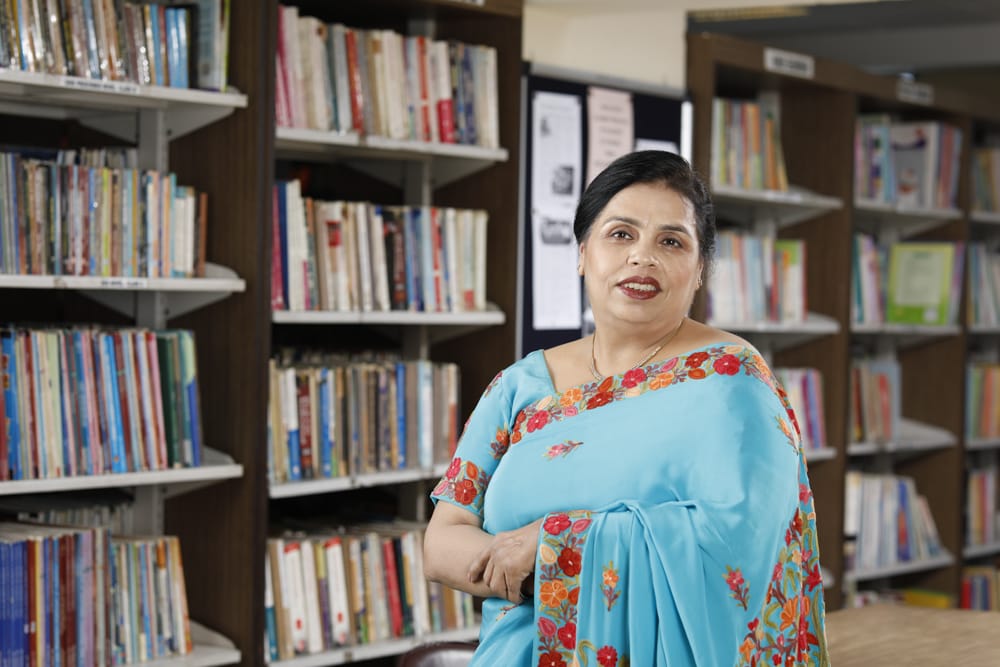Knowledge
Outdoor Education: A New Way of Learning for Students
Ensures that outdoor education is not seen as a separate or optional activity, but as a valuable and necessary part of the curriculum
Not all classrooms have four walls. We must teach our children to smell the earth, to taste the rain, to touch the wind, to see things grow, to see the sunrise and night fall – to care. Take them outdoors – Give them outdoor education. Outdoor education has become an increasingly popular approach in recent years, with many schools and educators recognizing the many benefits it offers for students. Unlike traditional classroom-based learning, outdoor education takes place outside of the four walls of a classroom, providing students with opportunities to explore and learn in the natural environment. It calls for collaboration and team-building tasks. Children learn to communicate with each other, problem-solve and build healthy relations. It gives them space to explore, discover and think freely, thus reducing barriers to communication.
One of the key benefits of outdoor education is that it can help to improve academic performance. Nicolette Sowder has rightly said, “If we want our children to move mountains, we first have to let them get out of their chairs.” By providing opportunities for hands-on, inquiry-based learning, outdoor education can help students develop critical thinking, problem-solving, and decision-making skills that are important for academic success. For example, by studying local plants and animals in their natural habitats, students can learn about ecosystems and biodiversity, helping them better understand these scientific concepts.
In order for outdoor education to be effective, it is important to integrate it with subject-driven outcomes. This ensures that outdoor education is not seen as a separate or optional activity, but as a valuable and necessary part of the curriculum. For example, history can be brought to life by allowing students to visit historical sites and engage with historical artifacts in their original context. Educating through monuments is an interesting method that can make children learn not only history but also mathematics and sciences.
Another key benefit of outdoor education is that it provides opportunities for physical activity, which is important for children’s health and well-being. Children are continuously growing, changing, and evolving as they encounter different things at a time. Physical activity can help students improve their fitness, reduce stress, and anxiety, and improve their mood and mental health.
In addition to improving physical health, outdoor education can also help to improve students’ social skills. By providing opportunities for communication, teamwork, and leadership, outdoor education can help students develop important social skills that will serve them well throughout their lives. For example, in a team-building activity like building a shed, students need to communicate effectively to ensure that everyone is working together and contributing to the task.
Outdoor education can also help to increase environmental awareness among students. By fostering a deep appreciation for the natural world and an understanding of environmental issues, outdoor education can help students become more environmentally conscious and take action to protect the environment. This is important given the growing need to address pressing environmental challenges such as ozone depletion, rising temperatures, and climate change.
While outdoor education offers many benefits, it is important to recognize that learning inside the classroom also has its advantages. It provides a structured environment that can be helpful for some students. It also allows for greater control over the learning environment, which can be important for ensuring that students are able to focus on a concept in a better way.
However, indoor education can also be limiting in a number of ways. It can be less engaging for students, as they may only receive information rather than actively participate in the learning process. Indoor education may also lack real-world context, making it difficult for students to see the relevance of what they are learning. In addition, it can limit creativity and imagination, as students may be constrained by the curriculum and teaching methods.
Indoor education can also be detrimental to physical health, as it often involves sitting at desks for extended periods, which can lead to physical inactivity and health problems. This is particularly concerning given the growing rates of childhood obesity and related health issues.
To effectively teach using outdoor methods, teachers will need to modify their existing strategies and lesson plans to incorporate the unique challenges and opportunities of the outdoor environment. For example, outdoor learning activities may require more preparation and planning to ensure that students are safe and engaged. Teachers will also need to be flexible and adaptable in their approach, as outdoor learning can be unpredictable and may require sudden changes to be made.
Teachers will also need to consider the logistics of outdoor learning, such as transportation, safety, and equipment. They may need to work with other staff members to ensure that the necessary resources and support are in place. In addition, teachers will need to be prepared to adapt their teaching methods to suit the outdoor environment. For example, they may need to use different communication strategies or adapt their lesson plans to account for the unpredictability of the weather or other outdoor factors.
Another important strategy for teachers is to incorporate student voice and choice into the outdoor learning experience. By giving students a say in what they learn and how they learn it, teachers can help to increase engagement and motivation. For example, teachers could allow students to choose the topic or focus of an outdoor learning activity, or give them the opportunity to plan and lead the activity themselves.
In order to ensure that students receive a well-rounded education, it is important to incorporate both indoor and outdoor education practices into the curriculum. By doing so, educators can provide students with a range of learning experiences that will help them develop the skills, knowledge, and attitudes they need to succeed in the 21st century.
Author – Soumya Gulati, Deputy Director, Academic Development & Innovation Blue Bells Group of Schools, Gurugram
